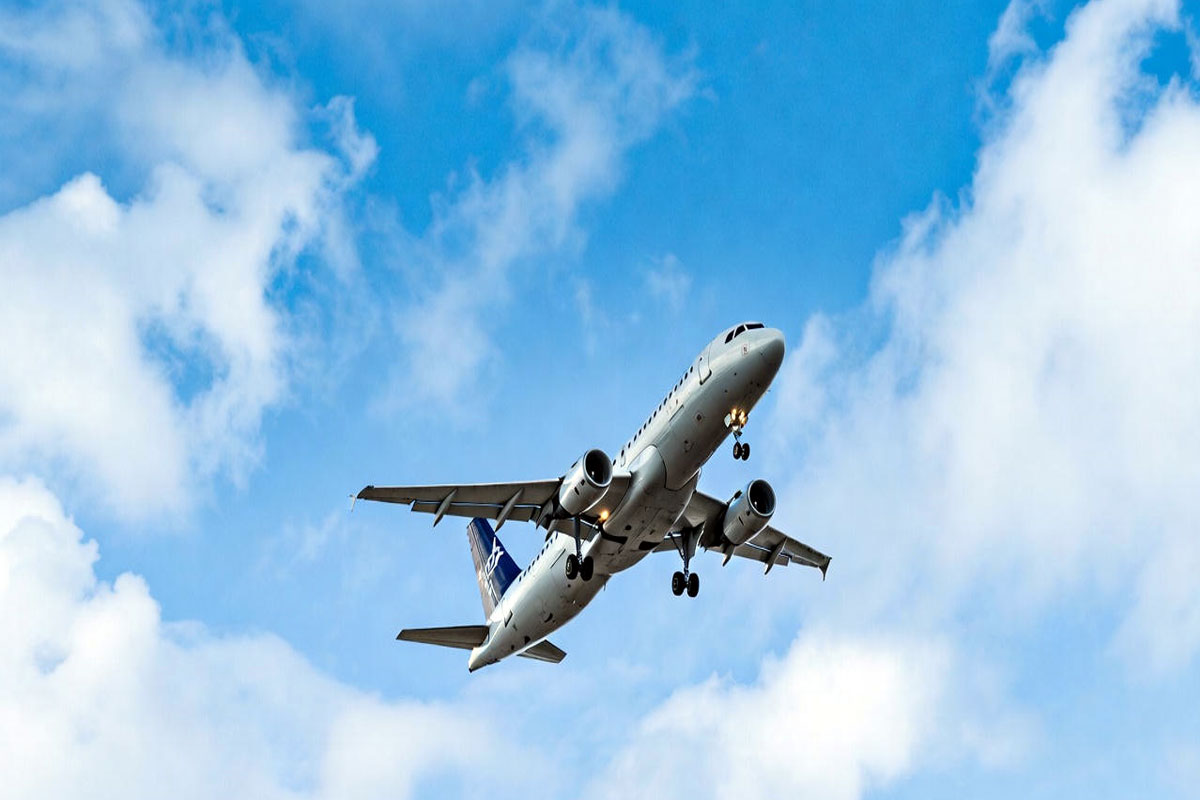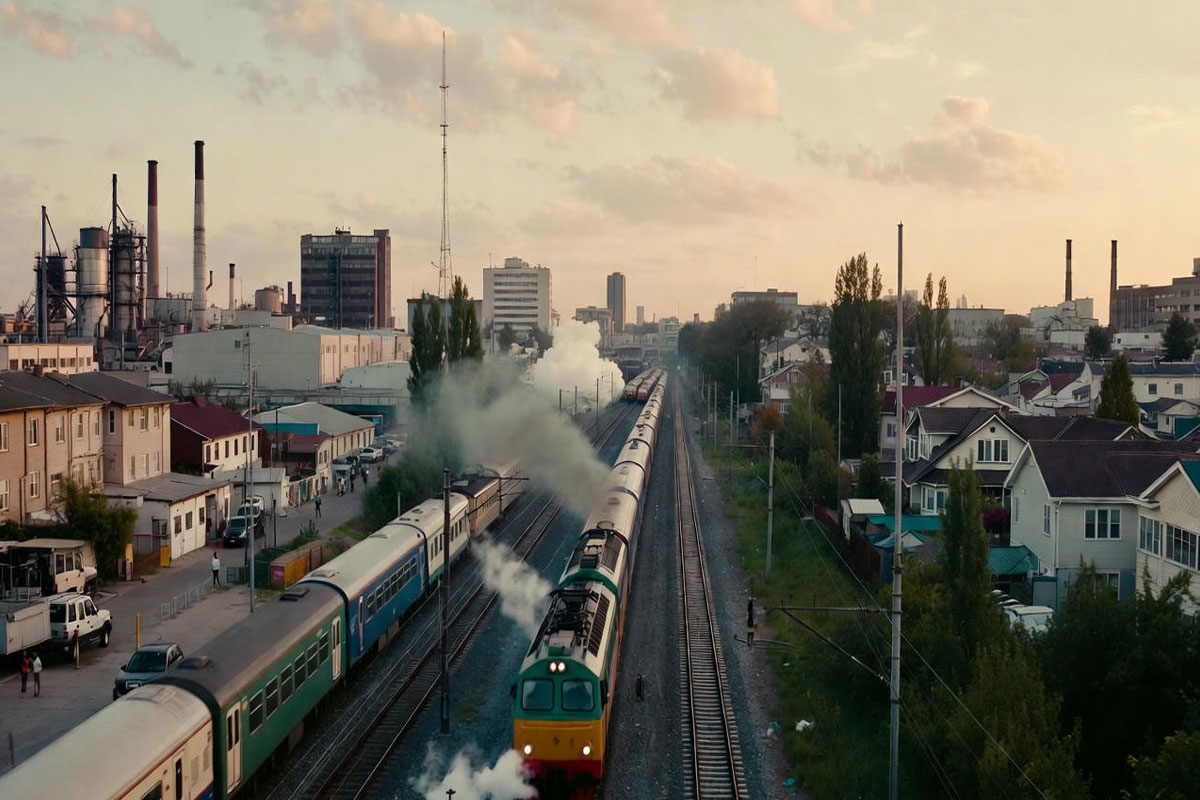By Anil Sood
New Delhi, Nov 15
Noise pollution has become a major environmental hazard of urban life, severely impacting daily living and well-being. Continuous exposure to noise from traffic, industry, construction, and aircraft disrupts sleep, concentration, and mental peace, while causing long-term health issues such as hypertension and hearing loss. Beyond physical harm, excessive noise erodes the right to tranquillity, disturbing homes, schools, and workplaces. With rapid urban expansion, unchecked noise pollution now threatens both public health and the fundamental right to live in a clean and peaceful environment
It is not that India lacks laws or initiatives to address noise pollution. The Environment (Protection) Act, 1986, initially focused on controlling air and water pollution. However, recognizing noise as a serious environmental concern, the government introduced the Noise Pollution (Regulation and Control) Rules, 2000, which for the first time set permissible noise limits for industrial, commercial, residential, and silence zones. These Rules were amended in 2018 to create an airport as a separate category.
In 2005, the Supreme Court of India took suo motu cognisance of growing menace of noise pollution in the case recognized that excessive noise seriously impairs the right to life guaranteed under Article 21 of the Constitution, emphasizing that the right to life includes the right to live in peace, to sleep, and to enjoy leisure — all essential components of a life with human dignity.
In 2009, the Central Pollution Control Board (CPCB) launched the National Ambient Noise Monitoring Network (NANMN), installing 70 online noise monitoring stations—10 in each metro city. However, CPCB’s Annual Performance Reports since 2009–10 show that noise pollution has continued to worsen year after year. Despite the rapid expansion of all metros, the number of noise monitoring stations has remained unchanged, failing to keep pace with urban growth and rising noise levels.
Even today, noise pollution remains largely neglected in urban planning and road design, managed reactively by multiple agencies instead of through coordinated, preventive measures. While industrial noise has somewhat declined, noise from railways and aviation continues to pose a serious and growing concern.
The Indian Railways Works Manual, 2000 mandates clear environmental safeguards both from Air and Noise pollution. Para 704 requires afforestation on railway land, and Para 822 allows surplus land to be handed over to State Forest Departments for developing green buffers to curb noise and dust pollution. However, these provisions have remained largely on paper—railway land meant for green belts has been encroached upon, while the Railways now seeks to commercially exploit its vast land bank in disregard of its own environmental commitments.

In June 2008, the Central Pollution Control Board (CPCB) issued guidelines titled “Requirements and Procedure for Monitoring Ambient Noise Levels due to Aircraft” (Procedure 2008). Subsequently, on 18 December 2014, the Director General of Civil Aviation (DGCA) issued a Civil Aviation Requirement (CAR) F. No. 04-01/2010-AED (Vol. II) mandating strict compliance with the CPCB’s Procedure 2008 for aircraft noise monitoring.
Delhi Airport was handed over to a private operator in 2006 under an Operation, Management and Development Agreement, leading to massive expansion. Citizens trusted that existing laws would protect their interests, but that belief soon proved misplaced. After operations began at the expanded airport, peaceful sleep and silence became a thing of past. Independent monitoring showed alarming aircraft noise levels between 72 dB(A) and 104 dB(A), far exceeding permissible limits and Environmental Clearance projections. This clear non-compliance violated residents’ fundamental right to live in a peaceful environment under Article 21 of the Constitution, prompting litigation before the Delhi High Court in 2009. Although DGCA initially acknowledged the issue and imposed a night curfew on Runway 29/11, it was lifted during Runway 28/10 repairs and never reinstated. The 2017 Detailed Project Report for further expansion admitted to higher noise levels in the landing funnel. This document disappeared from the public domain after being cited in legal notices.
The public interest litigation spanned over 16 years, leading to the notification of fresh noise limits for airports has revealed a concerning pattern of statutory authorities protecting institutional polluters by filing affidavits contrary to facts on record. MoEF & CC, DGCA stated on oath that the Airport is complying with Procedure 2008 Circular 2014 and duly certified by IIT Delhi, meaning thereby installation of 16 NMT, whereas the Airport Operator itself admitted to installing only five NMTs, which are located outside the landing funnels surrounded by obstructions in violation of CPCB norms.
Therefore, following directions from the Hon’ble Supreme Court to file a fresh Original Application before NGT, highlighting non-implementation of directions, and expeditious disposal, which has been filed. Therefore, pending a decision by the NGT, noise pollution continues to haunt millions of citizens living under the landing funnel throughout the country, wherever an airport is within a city.
The writer is Hony. President of NGO SPCHETNA & a TEDx Speaker. Views expressed are personal.
























